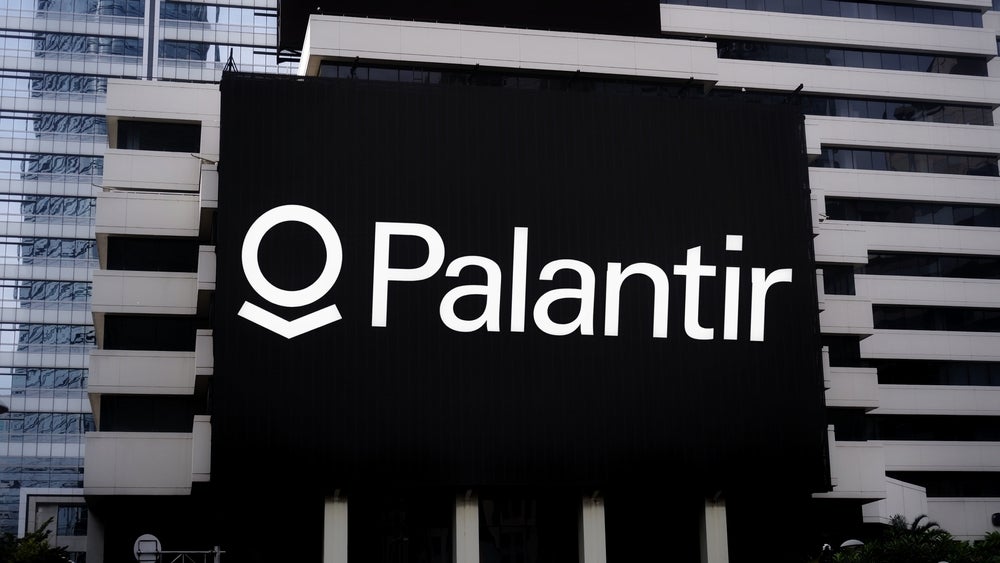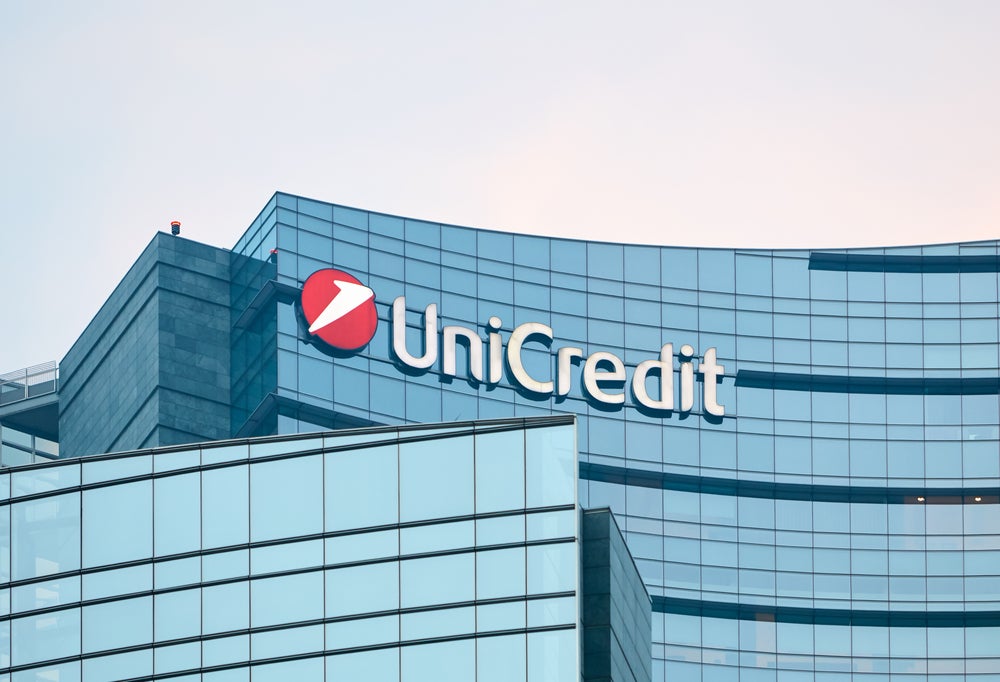UniCredit plans to have around 12,000 branches by the
end of 2010, cutting some branches in Italy but opening 1,287 in
Central and Eastern Europe (CEE) as it looks to exploit its
now-dominant position across the CEE region.
Over the course of the next two years, UniCredit wants to up
branch numbers in CEE by an average of 36 percent to 4,846 outlets,
with a particular focus on Turkey, Russia, Romania and Ukraine
(upping branch numbers in these four by 60 percent). The group is
also planning to have 50 percent of its 179,853 staff based in CEE
markets, up from the 44 percent currently, reducing headcount in
Italy, Germany and Austria by 9,000.
Unveiling his group’s Strategic Plan 2008-2010, chief executive
Alessandro Profumo stated UniCredit already has by far the biggest
CEE franchise of any bank, with total CEE assets of €118 billion
($185.9 billion), a net profit of €2.13 billion and a presence in
20 countries, including untapped markets such as Azerbaijan, Bosnia
and Herzegovina, Kazakhstan, Latvia, Lithuania and Tajikistan.
The banks with the next two largest CEE franchises, Austria’s
RZB and Erste Group, have 3,015 and 1,915 branches in the region,
respectively, and assets of €72.7 billion and €72 billion,
according to UniCredit’s figures.
Through to 2010, Profumo forecast that Russia would grow the
most, with a pre-tax profit CAGR of 28.5 percent. The next biggest
risers would be Ukraine (25.5 percent), Slovenia (19.1 percent),
Bosnia and Herzegovina (17.9 percent), Bulgaria (15.8 percent),
Slovakia (13.6 percent) and Poland (12.5 percent). Kazakhstan, a
country in which UniCredit says it has a 7.4 percent market share
of branches, would grow the least, at a CAGR of 1 percent.
The aim is to not just grow branch numbers but also improve
productivity: revenues per customer in CEE are forecast to rise to
€460 by 2010 from €340 in 2007, compared to €1,065 in UniCredit’s
Western European markets. Profumo said its earnings per share
target was on track at €0.52-€0.56 for 2008 and said it aimed for
compound annual EPS growth of 10 to 12 percent through to 2010.
How well do you really know your competitors?
Access the most comprehensive Company Profiles on the market, powered by GlobalData. Save hours of research. Gain competitive edge.

Thank you!
Your download email will arrive shortly
Not ready to buy yet? Download a free sample
We are confident about the unique quality of our Company Profiles. However, we want you to make the most beneficial decision for your business, so we offer a free sample that you can download by submitting the below form
By GlobalDataIn a statement, UniCredit said: “The business plan is built on
the fundamental belief that in times of stress, banks with a strong
franchise and a well diversified revenue base are best protected
from uncertainties brought along with such crisis… The industry is
going back to basics with a strong emphasis on
customer-relationships, local distribution networks and more
traditional products. Geographically the differences between more
and less mature banking markets will continue to be striking: for
the foreseeable future, the CEE region will continue to grow much
faster than Western Europe.”
In order to fully leverage on its economies of scale, UniCredit
will also build up a multinational IT platform: over the next three
years the commercial banking systems in Italy, Germany, Austria and
Poland will migrate to one sole group platform (Eurosig). This
harmonisation will, said the bank, significantly reduce IT expenses
and back-office costs for the network.
Despite the robust investment in CEE – which includes projects
like 2,000 new deposit-taking ATMs for the region – direct costs
are forecast to rise just 6 percent, from €4.9 billion (29.4
percent of group costs) in 2007 to €5.2 billion (28.5 percent) by
2010. And the overall cost-income ratio of the UniCredit Group is
expected to fall, from 56 percent to 51 percent in 2010.








